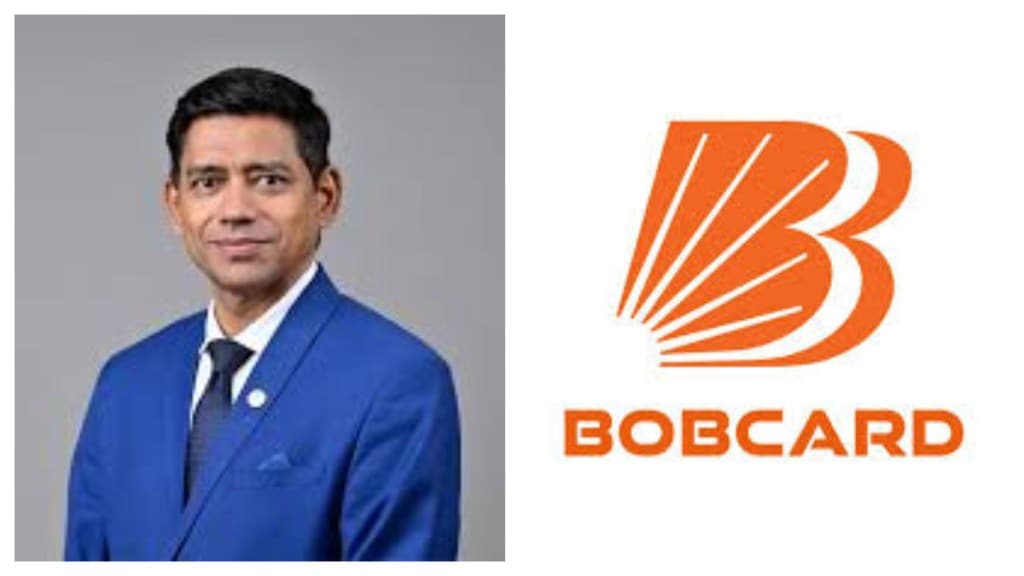BOBCARD, the Bank of Baroda subsidiary, is betting on digital onboarding, co-branded partnerships, and Bharat-centric expansion. Ravindra Rai M, managing director and CEO, tells Mahesh Nayak that he wants to double the number of card issuances over the next two years and move from its current position of number 9 to among the top five credit card players in the industry. Excerpts:
How have you transformed BOBCARD? What’s driving this shift?
We have undergone significant evolution over the past five years. From being a legacy issuer to becoming a digitally agile NBFC, our focus is now on customer-centric innovation, prudent risk management, and seamless digital onboarding. Our revamped app and product suite reflect this shift.
What differentiates BOBCARD from its peers?
Our Bharat-first approach. We are present across most pin codes, including Tier 2 and 3 cities. We aim to be recognised not only for our elite offerings but also for our inclusive, pan-India relevance. Our defence and police co-brands reflect that ethos.
What’s the current scale of your card base, and what’s the growth target?
We currently have more than 3 million cards in force. Our internal goal is to double that figure within two years, aiming to reach approximately 7 million cards. That would position us among the top five issuers in India.
How do you plan to achieve this scale?
It’s a two-pronged approach. First, we are expanding our proprietary offerings, including Tiara (a women-centric card) and Eterna (a premium lifestyle card). Second, we are accelerating co-branded partnerships, having recently partnered with UNI, and plan to launch other cards through partnerships soon. These partnerships will be key to scaling efficiently.
What role does digital onboarding play in this strategy?
It’s central for our growth. We have built an app-first, digital-first journey that’s seamless and regularly updated. This helps us attract younger demographics and penetrate Tier 2 and Tier 3 cities, which are increasingly adopting digital payments.
With UPI gaining traction, how do you see its impact on credit card spending?
UPI is here to stay, and we see it as complementary, not competitive. We are enabling credit card-on-UPI, merging the convenience of UPI with credit card payments. The real challenge is not acquisition, but retention, especially with younger users who tend to switch quickly.
What’s the average spend per card, and how does it compare to the industry?
We are slightly below the industry average, at around Rs 15,000 per card. But we are catching up fast, thanks to targeted sourcing and product innovation.
You mentioned listing plans. Can you elaborate?
Yes, the Bank of Baroda CEO have publicly stated the intent to list BOBCARD within two years. We are aligned with that goal and building towards it with sustained, profitable growth.
What’s your customer profile today, and how is it evolving?
Currently, it’s skewed 60:40 in favour of the self-employed. We are consciously shifting towards salaried customers to improve portfolio stability and reduce NPAs. For us, the average customer age is 40 or older. While we are in a sweet spot of the 35–45 age group, we are targeting millennials and Gen Z through digital channels.
What’s your approach to burn rate and profitability?
We are prudent. No VC-style burn here. Our offers are structured and seasonal. We have been profitable for three years, and our mid-segment cards are driving strong margins. Break-even typically occurs within 18 to 24 months.


